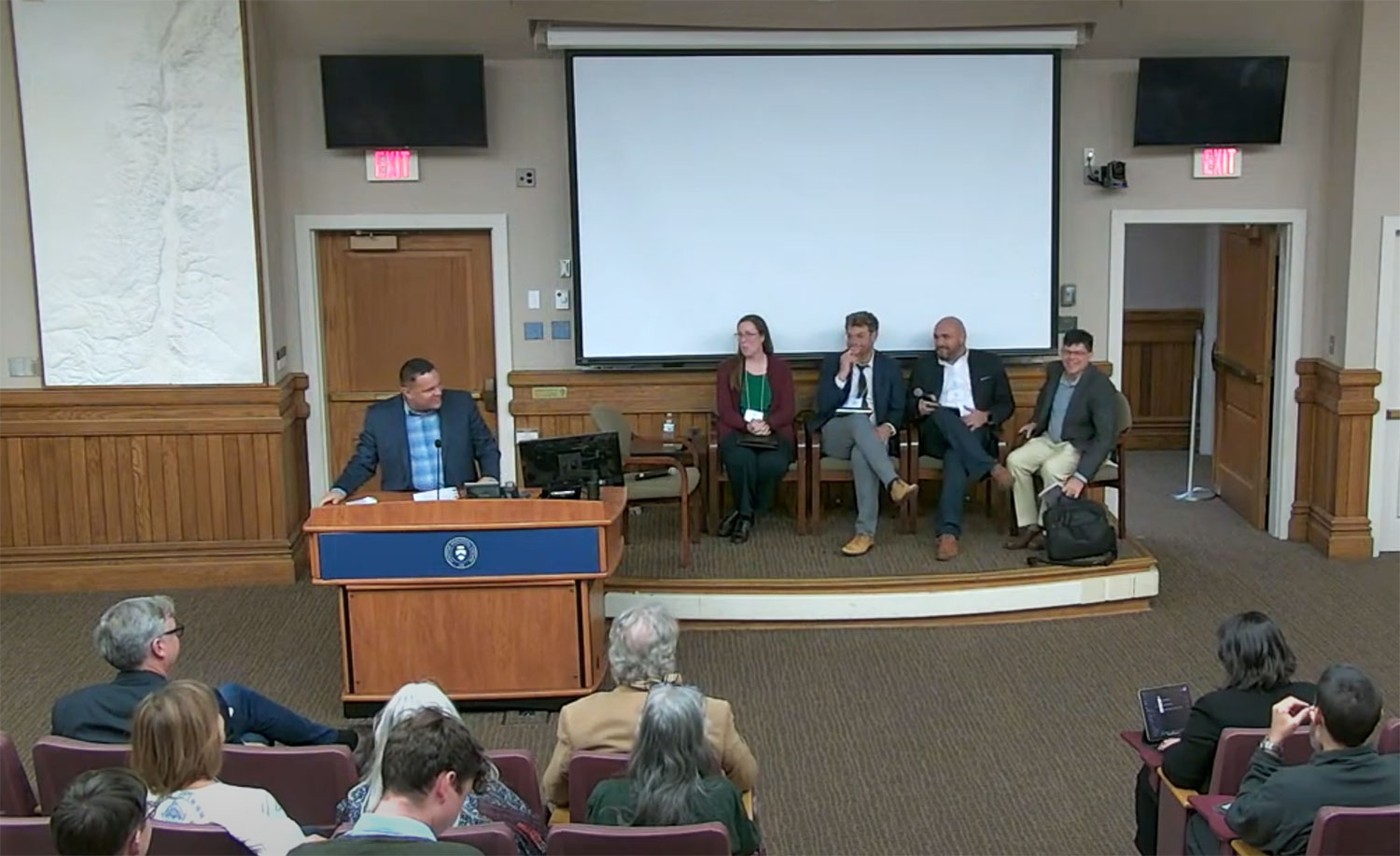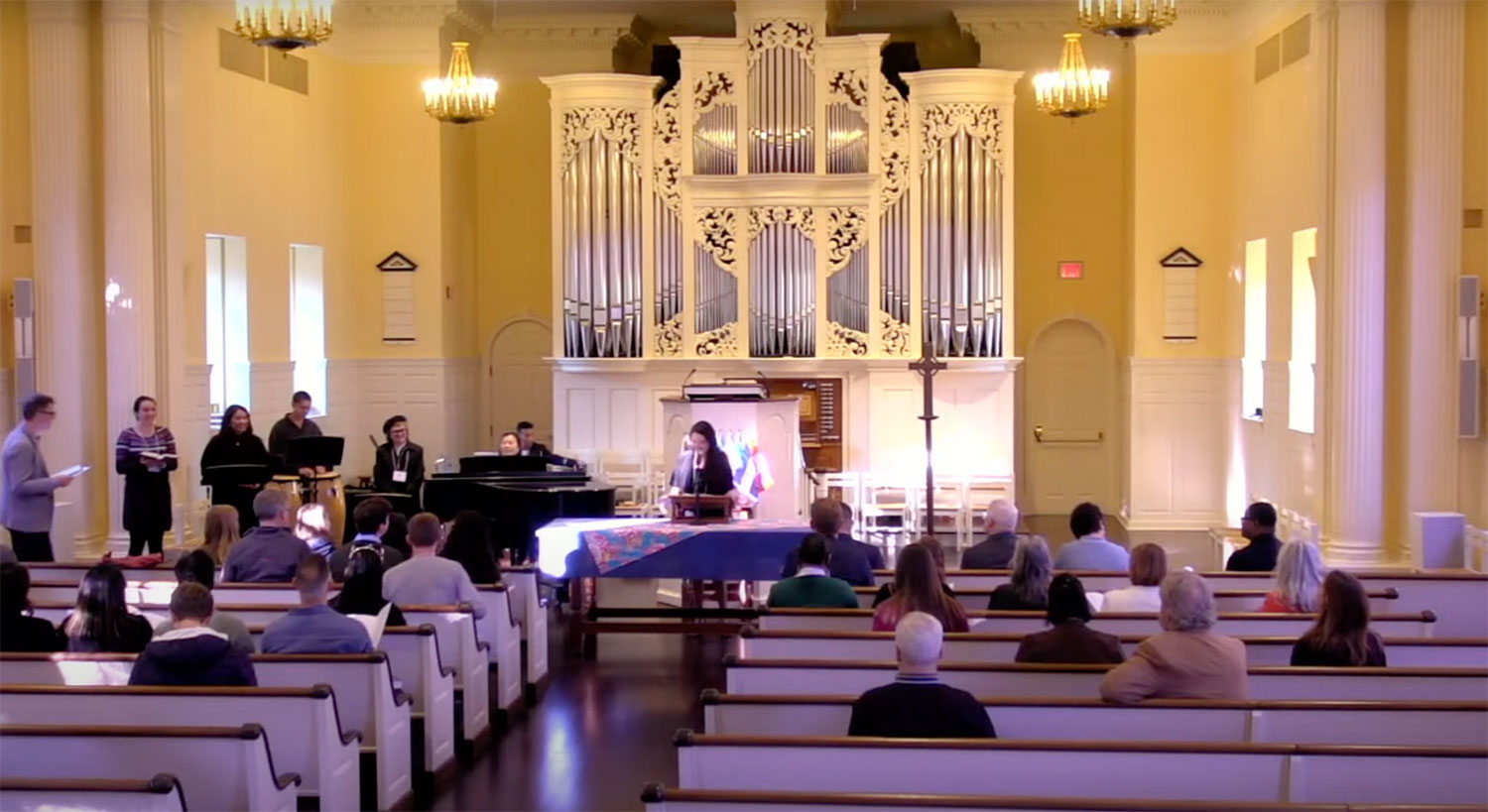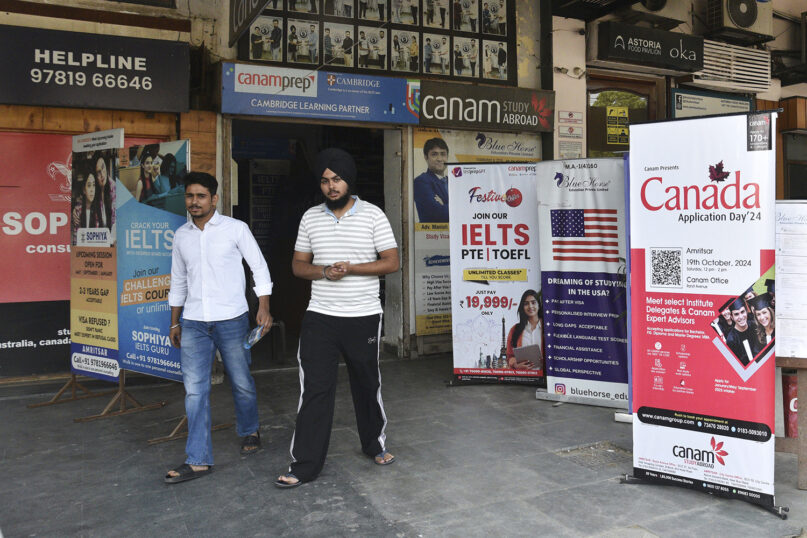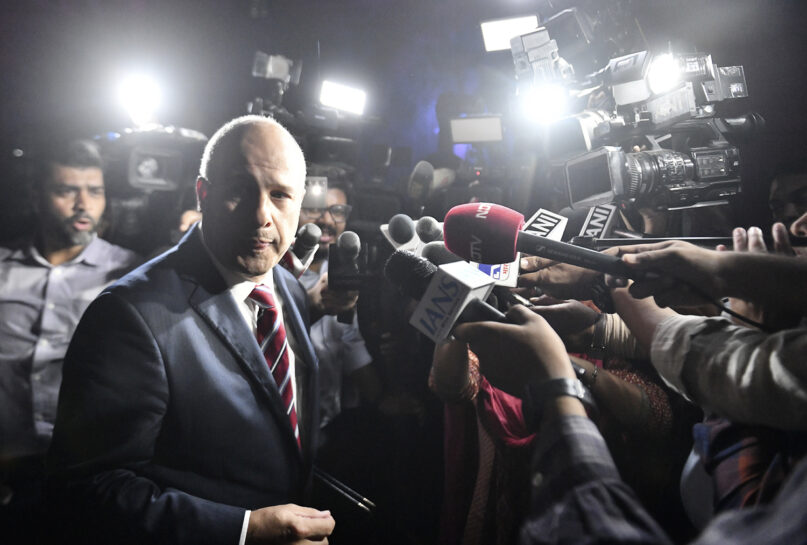When hurricanes hit, online chatter drowns out safety messaging
Social-media buzz during severe weather events often focuses on politics and pets, Stevens research shows
Stevens Institute of Technology
Hoboken, N.J. October 17, 2024 – When natural disasters strike, social networks like Facebook and X (formerly known as Twitter) can be powerful tools for public communication—but often, rescue workers and government officials struggle to make themselves heard above the general hubbub.
In fact, new research from the Stevens Institute of Technology shows, during four recent major hurricanes, important public safety messaging was drowned out by more trivial social content—including people tweeting about pets, sharing human-interest stories, or bickering about politics. That’s a big problem for officials working to understand where help is needed and to communicate effectively with people impacted by disasters, says Dr. Jose Ramirez-Marquez of the Stevens School of Systems and Enterprises.
“It’s like being at a crowded party—if everyone’s arguing loudly about politics, it’s hard to make yourself heard over the noise,” he explains.
Working with Stevens PhD candidate Yefang Liang, Dr. Ramirez-Marquez analyzed messages posted on X during each of four recent hurricanes—Harvey, Imelda, Laura, and Florence—and identified the clusters of tweets that attracted the most attention and engagement before, during, and after the storms. Their findings, published this week in the International Journal of Disaster Risk Reduction, show that in many cases the topics that generated the most intense online interest were completely unrelated to safety messaging or rescue work.
During Hurricane Harvey, for instance, 24 of the 50 most active topics involved discussion of dogs affected by flooding. By contrast, just seven of the 50 most active topics involved public safety messages. “That’s obviously a problem if you’re a public official trying to ensure people know how to keep themselves safe during a storm,” Dr. Ramirez-Marquez says.
Similar patterns played out during other storms, too. During Hurricane Florence, more than half of high-engagement topics involved either animal-related chatter or political arguments, while just 19 out of the top 50 topics involved rescue or public safety messages. During Hurricane Imelda, meanwhile, debates about climate change accounted for almost one-quarter of all high-engagement topics, drowning out higher-stakes safety messages.
“This really is zero-sum: if conversations about animals or politics are taking up all the oxygen, it’s that much harder for other, potentially more important messages to break through,” Dr. Ramirez-Marquez warns.
The team’s research does suggest some ways that officials can maximize the chances of safety messages reaching a broad audience. Descriptive messaging about storms tends to outperform safety messages, for instance—so combining the two, and weaving public safety notifications or warnings into more descriptive social-media posts, might help to boost the reach of such messages. “It’s also important that officials stay focused during disasters, and don’t inadvertently get drawn into political conversations that could distract from their core messaging,” Dr. Ramirez-Marquez adds.
The reality, though, is that using social media to support safety and recovery efforts in the wake of natural disasters will remain challenging, because many users enjoy engaging with content that doesn’t serve a public safety function. To overcome that, social networks themselves would likely need to step in. Actively amplifying official disaster-related messaging for users in affected communities, for instance, might help ensure that such people get the information they need while still allowing users in other areas to chat freely about unrelated topics.
More broadly, the study highlights the fragility of social-media communities. While the current study focused on the impact of harmless chatter, Dr. Ramirez-Marquez notes, bad actors can also deliberately hijack or distort online conversations by spreading enticing but false information. “As we’ve seen in recent weeks, with the misinformation surrounding natural disasters in Florida, Georgia, and North Carolina, social networks remain highly vulnerable to misinformation,” Dr. Ramirez-Marquez says.
To remedy that, social networks could potentially work to create mechanisms that help users determine who to trust online, or that make it easier to filter out distracting or false information during disasters. “The key here is that the networks themselves will need to take the lead on rebuilding trust online,” Dr. Ramirez-Marquez says. “This isn’t a problem that government officials can solve on their own.”
Journal
International Journal of Disaster Risk Reduction
Article Title
Harnessing text information for enhanced hurricane resilience and public engagement: Unveiling disaster perspectives through social media











